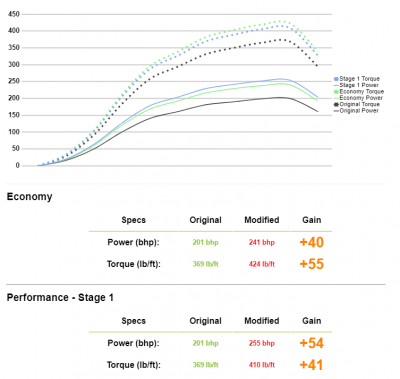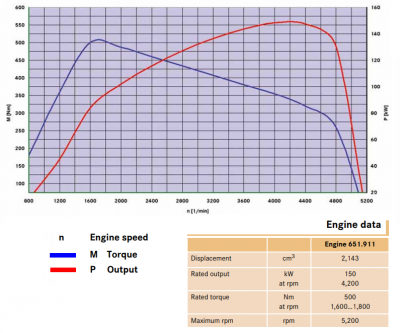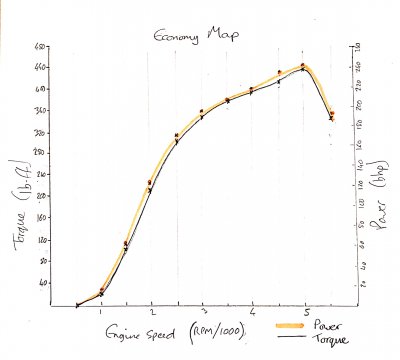Scoops1972
Active Member
Many tuning companies now offer the choice of an economy map or a performance map. The following picture shows an example of quoted map gains.

Although the figures are for my manual gearbox C250 CDi, it's more meant as a generic question, and I'm looking for opinions on how the different gains would feel in the real world.
How would the maps be noticeable from the driver's seat under the different driving scenarios, motorways, A roads, country lanes, urban driving etc.?
Would there be a noticeable difference from standard?
Would there be a noticeable difference between the 2 remaps?
Opinions/theories welcomed

Although the figures are for my manual gearbox C250 CDi, it's more meant as a generic question, and I'm looking for opinions on how the different gains would feel in the real world.
How would the maps be noticeable from the driver's seat under the different driving scenarios, motorways, A roads, country lanes, urban driving etc.?
Would there be a noticeable difference from standard?
Would there be a noticeable difference between the 2 remaps?
Opinions/theories welcomed

 Does that mean that the quoted gains are likely to be unrealistic or even unachievable? This was given by one of the big players in the re-mapping business, and I have to be honest, I never looked at the graph, I just looked at the quoted figures
Does that mean that the quoted gains are likely to be unrealistic or even unachievable? This was given by one of the big players in the re-mapping business, and I have to be honest, I never looked at the graph, I just looked at the quoted figures 




